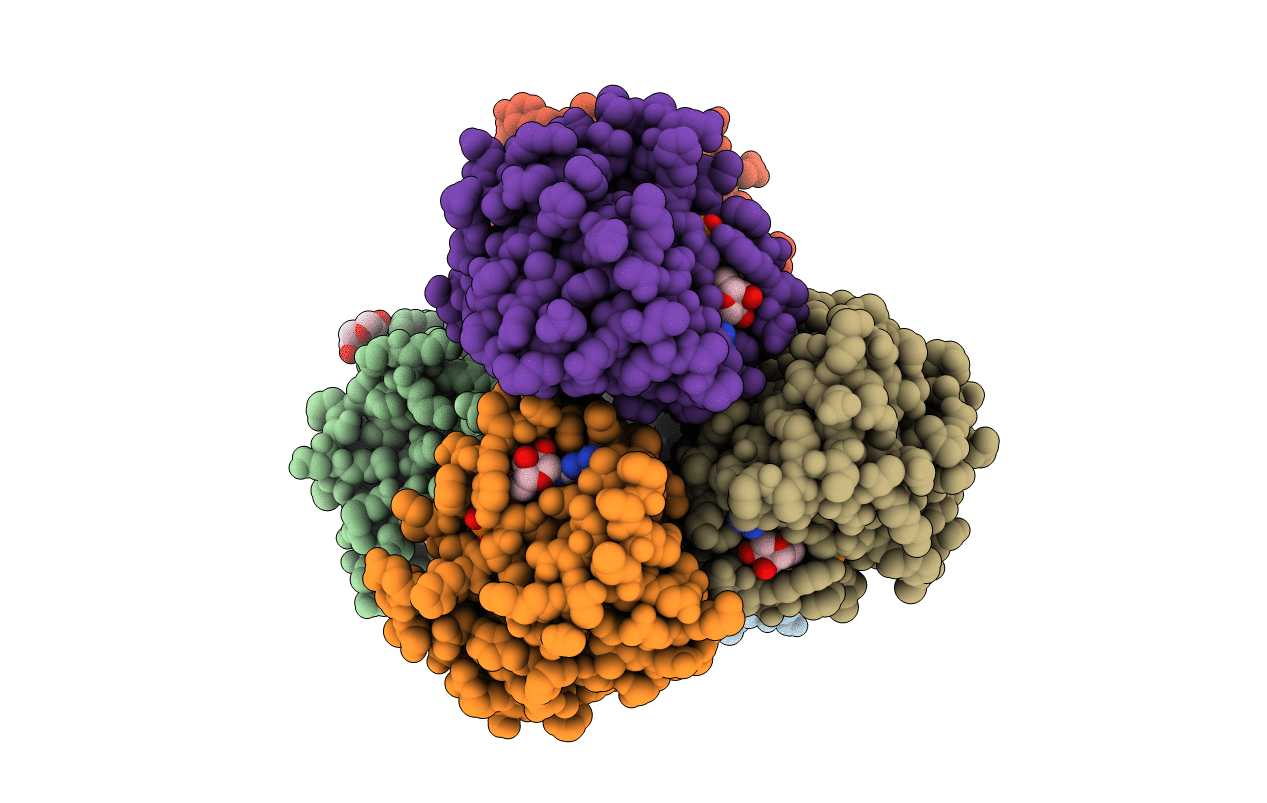
Deposition Date
2017-07-03
Release Date
2018-08-22
Last Version Date
2024-10-16
Entry Detail
PDB ID:
5OCO
Keywords:
Title:
Discovery of small molecules binding to KRAS via high affinity antibody fragment competition method.
Biological Source:
Source Organism:
Homo sapiens (Taxon ID: 9606)
Host Organism:
Method Details:
Experimental Method:
Resolution:
1.66 Å
R-Value Free:
0.20
R-Value Work:
0.17
R-Value Observed:
0.17
Space Group:
P 21 21 21


